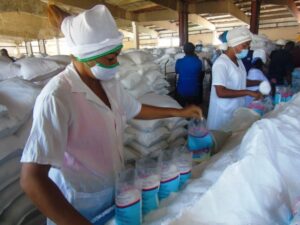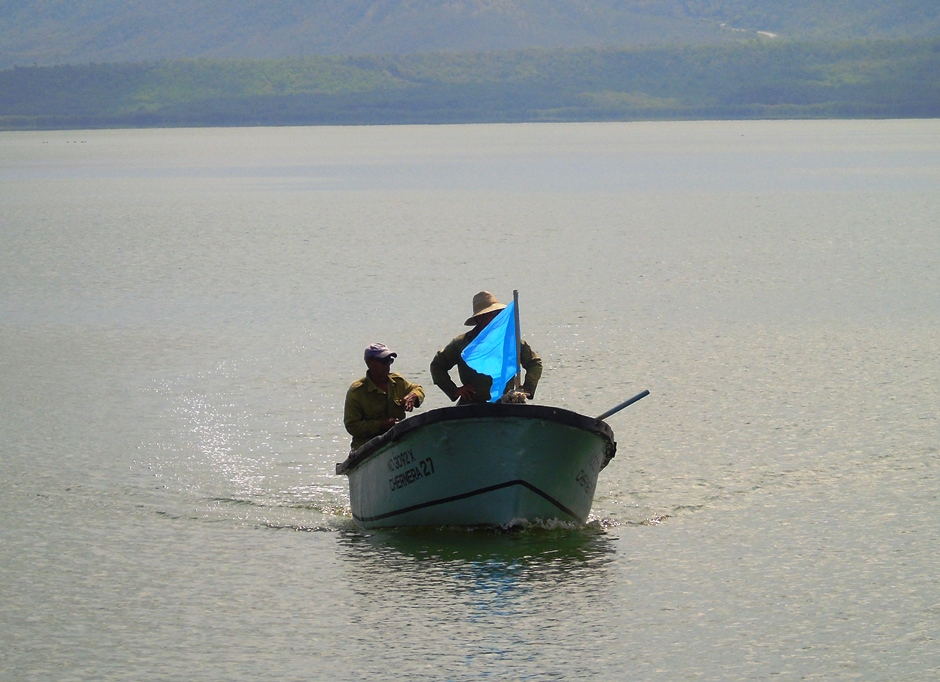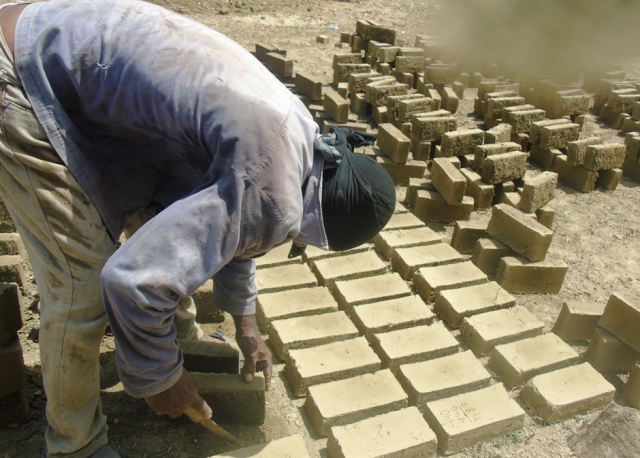 The elders in the town of Caimanera, those who spent decades in the sea to provide for the family support; now they are seen in the afternoons sitting in the central park, enjoying the pleasant sea breeze and panoramic view as well as the tranquility and security of these times, in which humiliation and mistreatment, long ago, were left behind forever.
The elders in the town of Caimanera, those who spent decades in the sea to provide for the family support; now they are seen in the afternoons sitting in the central park, enjoying the pleasant sea breeze and panoramic view as well as the tranquility and security of these times, in which humiliation and mistreatment, long ago, were left behind forever.
Located in the wide Guantanamo Bay, the current Caimanera Municipality extends across both sides of the bay with a total area of 362.9 km2, which includes the 117.6 kilometers illegally occupied by a North American Naval Base, against the sovereignty of the Cuban people, for more than 120 years.
They say that until the bright January 1st, 1959, Caimanera was only known as the backyard of the Marines settled in the Naval Base.
A few years ago, the late Marta Rojas, the National Journalism Award winner, told me that “the zone of tolerance” (prostitution area) in the “El Cañito” neighborhood, in Caimanera, was the largest among the prostitution area in the eastern part of the country, with bars and cabarets, which supported the sex trade.”
Alike many other cities in Cuba, unhealthy conditions and extreme poverty, dirt streets, illiteracy and malnutrition swarmed existed.
Luckily, the life of the people of Caimanera began to change since that December 19, 1958, when the rebel forces of Column 20 of the II Eastern Front, under the command of Guantanamo Demetrio Montseny Villa, liberated the town.
Almost 65 years later, Caimanera, together with the other heroic neighboring town of Boquerón, as the Commander in Chief described them, is an example of the transformations in favor of the people of the social project that is being built and defended in Cuba.
A strategy for territorial development

At present, in the marine municipality the strategy of economic and social development is consolidated, with its strategic lines that pursue the sustainable progress of the territory and the increase in the quality of life of the population.
Despite the limitations of its soil, work is being done to raise the levels of food production, in new areas dedicated to the cultivation of bananas and vegetables, with a greater introduction of science, technology and innovation.
The increase in the production of salt and its diversification is a priority, since it is the subsidiary Frank País García salt enterprise that is responsible for supplying this product to three out of five Cubans.
Likewise, the increase in the volumes of local construction materials that increase the number of completed homes in the municipality. To this end, five kilns for the production of mud bricks are completed, with a capacity for 5,000 units, and about 120,000 per month.

Priorities are also the diversification of exportable items and substitution of imports, the increase in apiaries to obtain honey; as well as promoting the use of renewable energy sources, promoting productive chains, and the increase in local projects that have an impact on economic, cultural, social development and services, with a change in the productive, technological and energy matrix in a sustainable way and in tune with the environment and its bay.
July 2023 closes Caimanera with a wide popular constructive hustle and bustle, by celebrating the main act in the province for the 70th anniversary of the assault on the Moncada barracks, in Santiago de Cuba and Carlos Manuel de Céspedes, in Bayamo, motivation to promote a movement to refurbish public entities and the completion of social works.
Despite the limitations caused by the unpleasant presence of the imperial neighbor and that make the Caimanera Municipality a singular place in Cuba, the work of the revolution is present at every step, and its children and young people, men and women, who are more than 11,200 inhabitants, live calm and happy, sure that their future will always be better.